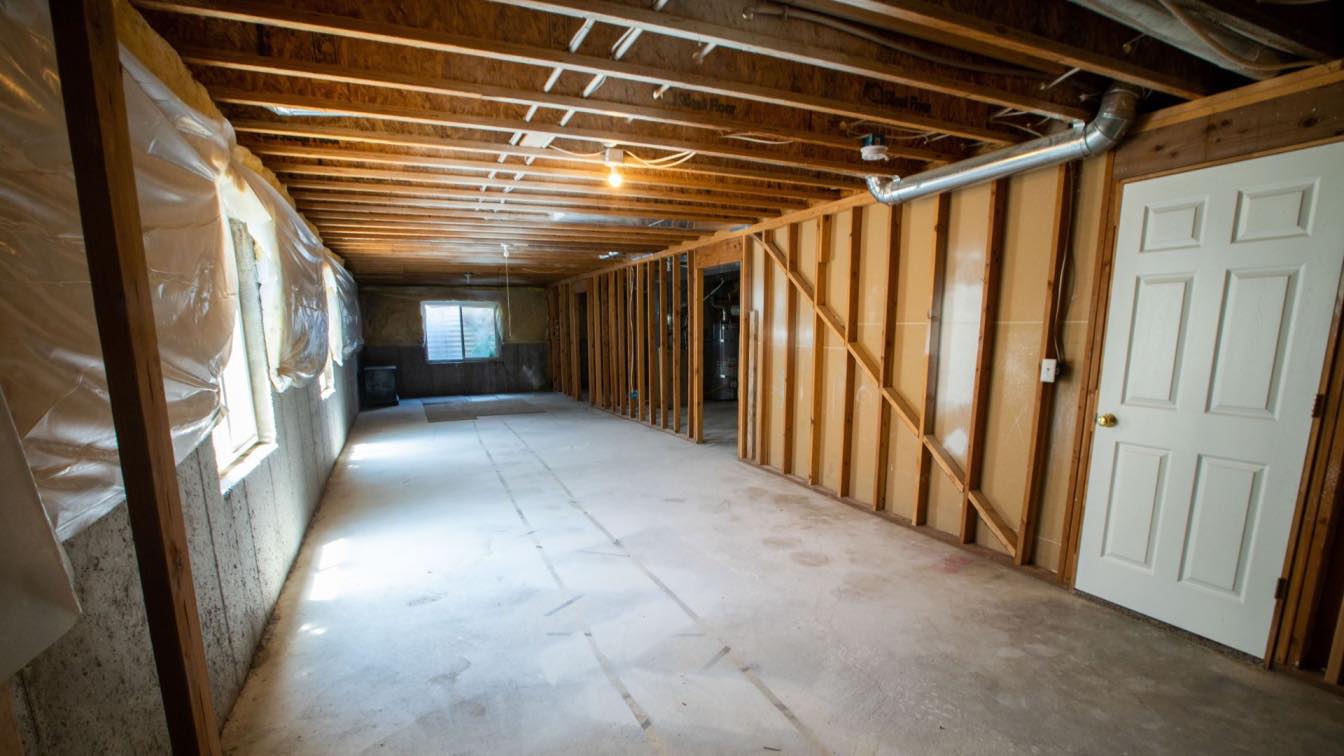With Feng Shui receiving more than 27,000 searches per month, the lighting experts at ValueLights have teamed up with Ryan Terren, Feng Shui consultant at LifeHouse to understand the importance of its ancient principles in the home.
To showcase how balance and harmony can be achieved throughout the living room, bedroom, and bathroom, ValueLights has used Terren’s expert insight to develop a series of AI images that visualise what each space looks like before and after Feng Shui has been considered.
From lighting through to layout, how do the guidelines vary and what are the signs that you’ve achieved balance in each area?
Bedroom
A bedroom is arguably the most important place to start with Feng Shui, being the most personal room in the house. Bringing principles of Feng Shui into your bedroom has the power to revolutionise your sleep hygiene, helping to make the space a haven of calm and restfulness.
The ideal position for a bed is diagonally opposite the door, raised slightly off the floor and positioned with a solid wall behind and enough room on either side of the bed for a bedside table and matching table lamps.
Marlena expands: “You should strive to create symmetry throughout your bedroom, but this principle of balance is especially important to consider on either side of your bed.
“Incorrect positioning of your bedside table lamps not only makes them less effective to use but may also throw off your room’s overall harmony. This applies to the size, height, colour and brightness of your table lamps.”
If you want to obtain balance and encourage restful sleep, your bed should never be on the same wall as your door or pushed up against the side of a wall. Consider what you’ll be facing once laid down, too. You should avoid hanging mirrors in places which can reflect onto the bed and never face directly out of the door.
If you find that your bedroom feels off and you can’t quite put your finger on why, turn your attention to lighting. Marlena explains: “Bulb temperature is one of the most important parts of lighting for your home and will shape how each room feels. A good place to start when thinking about which bulb temperature to use is to think about mood.
“We associated blue cool-toned lighting with alertness, openness, and awareness - the antithesis to the energy you want to create in a bedroom.”
Living room
As hubs of both sociability and relaxation, you should always seek to craft an inviting ambience in your living room. Where Feng Shui has been followed, your space should exude feelings of openness, relaxation, and protection.
Seating should ideally relate to each other instead of facing a television. Position your sofas in front of and slightly away from your walls and if space allows, aim for a gap of at least 10 centimetres to allow for circulation.
Add charm and warmth to your space with a palette of rich colours and bold tones and be sure to infuse the room with your own personality by making dedicated space for meaningful artwork, objects and photos.
Marlena Kaminska, designer at ValueLights says: “Look to layer your lighting through accent options such as floor lamps and table lamps, with a focus on warm bulbs. Primarily using these lights over your ceiling light will softly diffuse illumination around your room which is much more soothing for the senses.”
When Feng Shui hasn’t been considered, there might be an over-reliance on overhead lighting. Marlena adds: “While most rooms rely on ceiling lighting to some extent, in a living room, this can create a stark atmosphere. This is especially true if you’re using harsh, cool-toned lighting and keeping these lights turned on into the evening.
“An overreliance on your ceiling lighting can be a significant energy disruptor and can even cause subliminal stress, headaches and fatigue.”
Similarly, the layout of furniture has a big impact on how energy flows throughout your home, and some of the most common living room layouts fall foul of Feng Shui principles. Avoid placing your furniture too far apart, and never position sofas with their backs to the door.
Bathroom
Feng Shui doesn’t only apply to the rooms in our homes designed for relaxation, but the practical spaces, too. Just like in the bedroom or living room, Feng Shui in the bathroom should feel soothing. However, perhaps even more importantly, you want the room to exude cleanliness.
Feng Shui rules in this space expand beyond design-led principles and should feel light, bright, and spacious. Not only should you avoid too much clutter building up, but it’s important to also be stringent with your toiletries. Do a sweep of your bathroom and be sure to get rid of any unnecessary or out-of-date products.
Marlena says: “From a lighting standpoint, always consider location-based solutions in the bathroom. Mirrors with integrated LED lights, and shower and bath lighting should be used to supplement your overhead solutions. Avoid pendant lights in a bathroom - recessed spotlights feel much more polished.”
Outside of your cleanliness and organisation habits, a bathroom may struggle to reach this ambience if your colour palette isn’t carefully considered. Avoid warm tones of yellows and beiges and instead lean into the cooler hues of blues, whites and cool greys. Create contrasts with black and pops of green for a stylish finish.
Clutter can quickly accumulate in a bathroom and may feel like a perpetual struggle. When striving for a space which feels clean and luxurious, you should aim to hide away as many of your toiletries and fixtures as possible. If you often find towels lying around or a stockpile of products accumulating in your bathroom, consider investing in a sleek vanity unit to streamline your space.
Methodology
ValueLights utilised Midjourney and Photoshop’s AI to create a series of AI-generated images that showcase what different rooms in the home look like with and without Feng Shui considerations, based on the insight of Feng Shui consultant, Ryan Terren.
An important note from Terren: “Feng Shui is a complex and ancient system with many schools and approaches. In this instance, I have shared simplified, practical principles that may be applied universally. These are not fixed rules, rather general guidelines that, if followed with flexibility and imagination, will increase wellbeing, peace, and inspiration in your home.”
About ValueLights
Established in 2009, ValueLights’ commitment today is the same as it was back when we first opened our doors: to be the go-to people for lighting. We aim to spark a little brilliance and inspire big feelings by helping you transform a house into a home. We spark ideas and we make days brighter by offering an unbeatable range at unbeatable value and we strongly believe that the right light can immediately transform a space and turn a room into a feeling.





